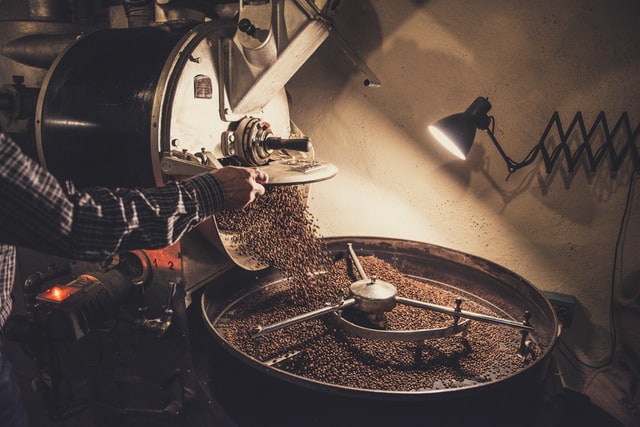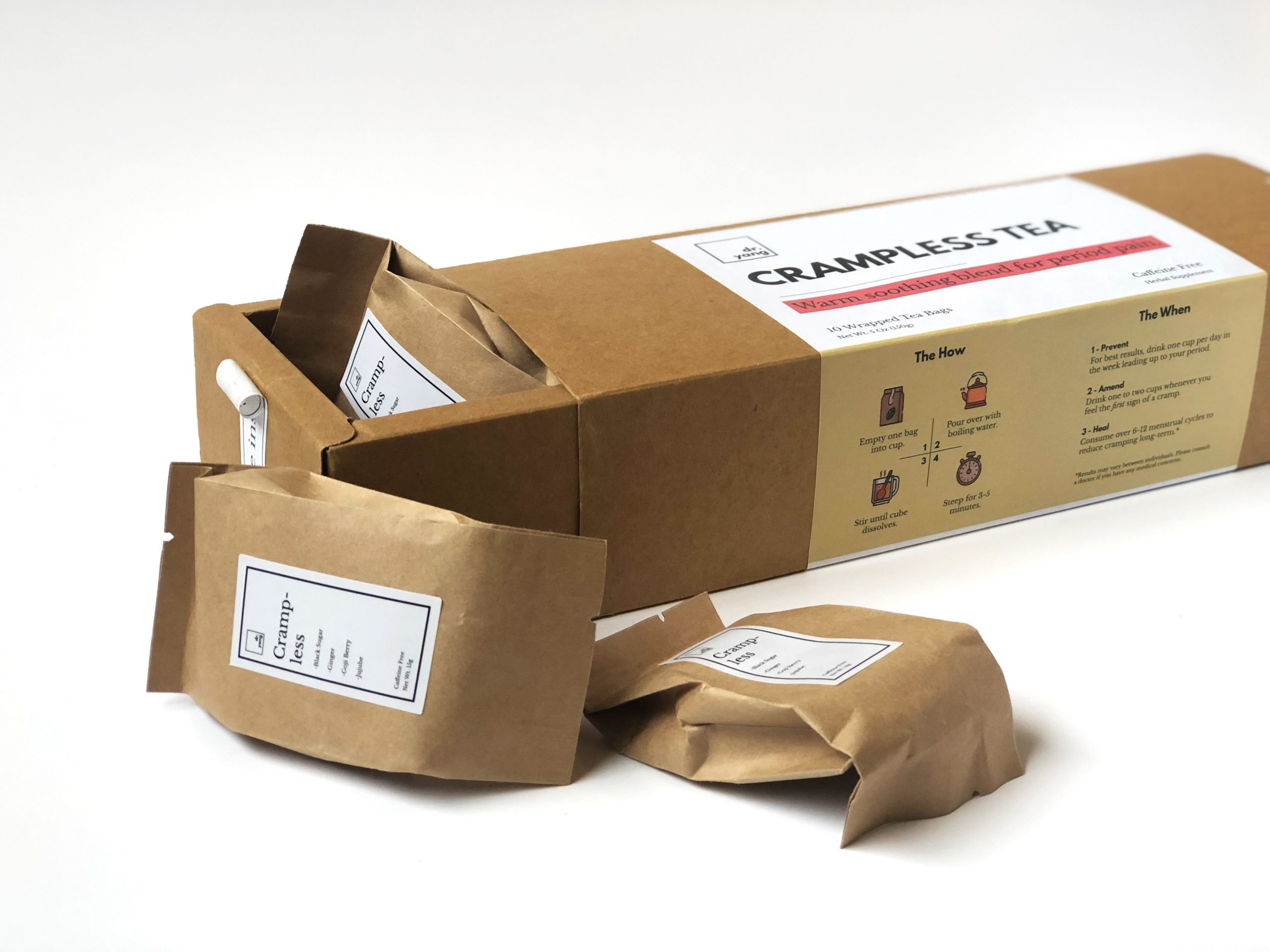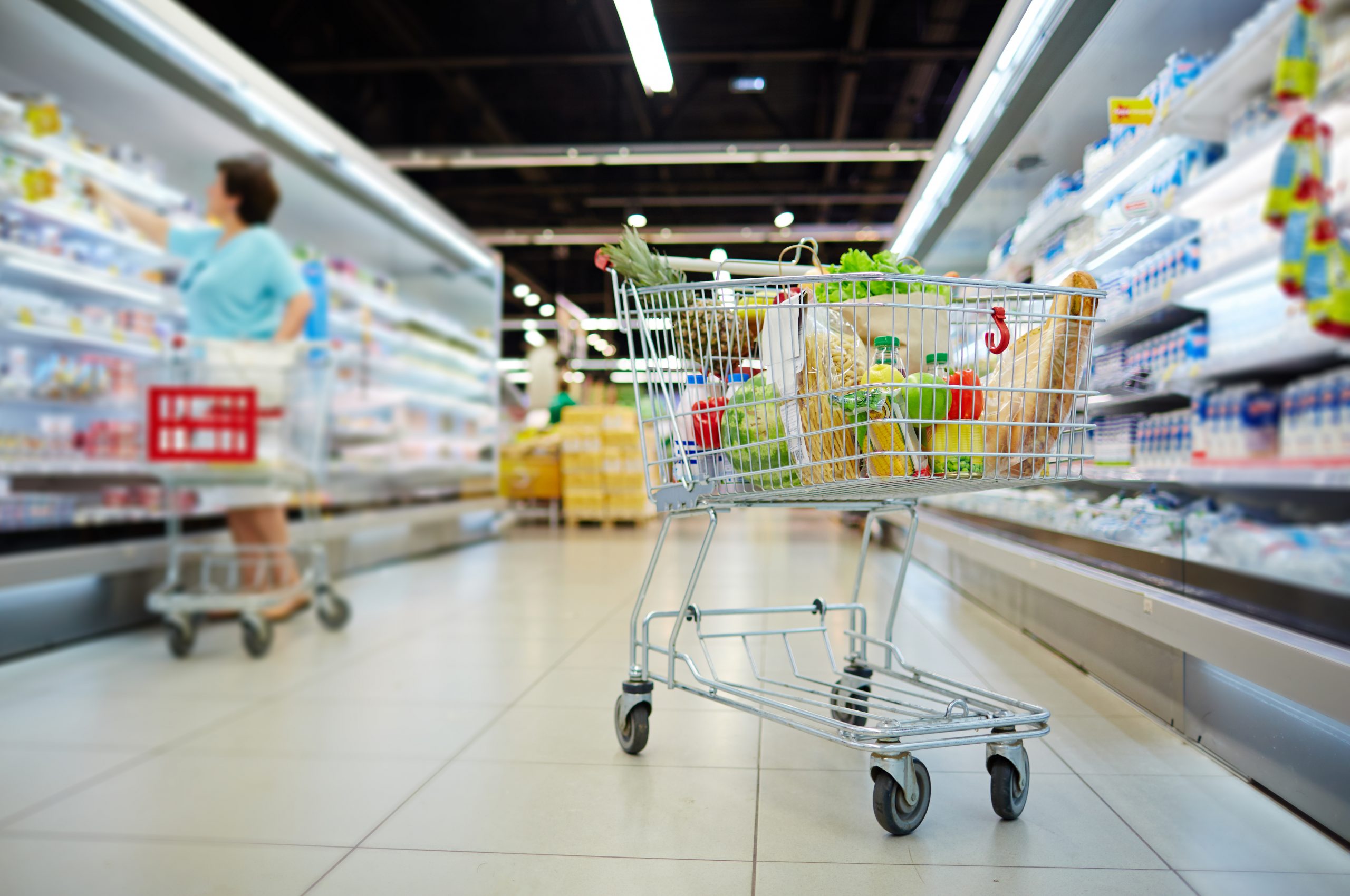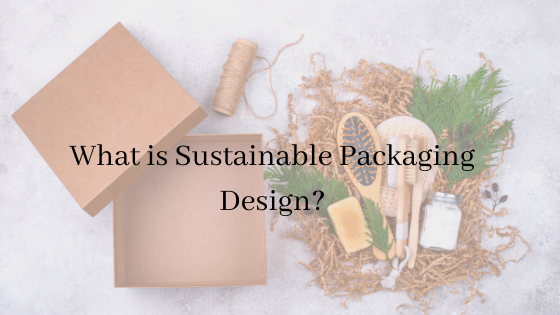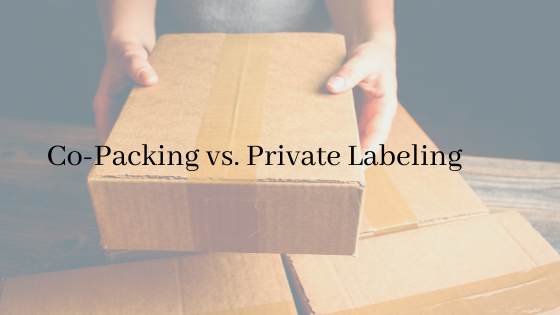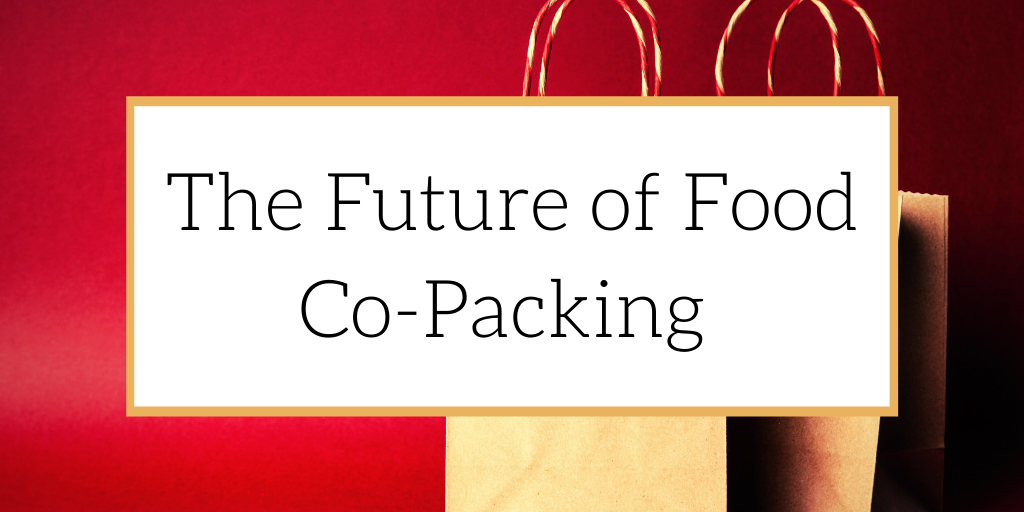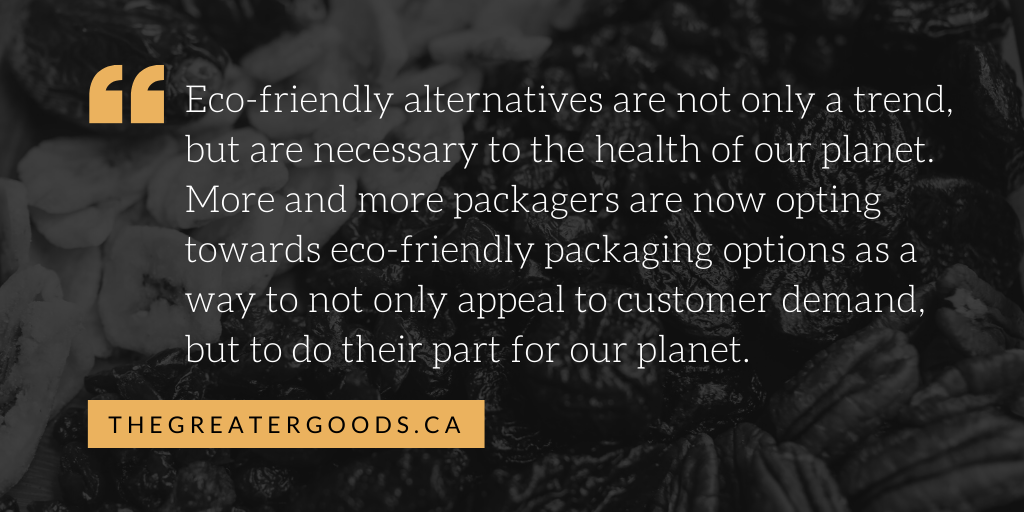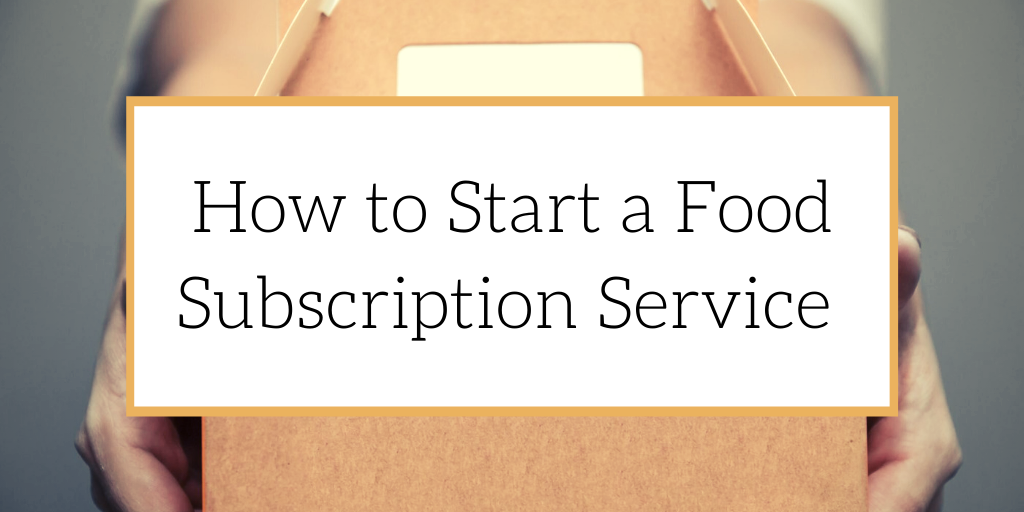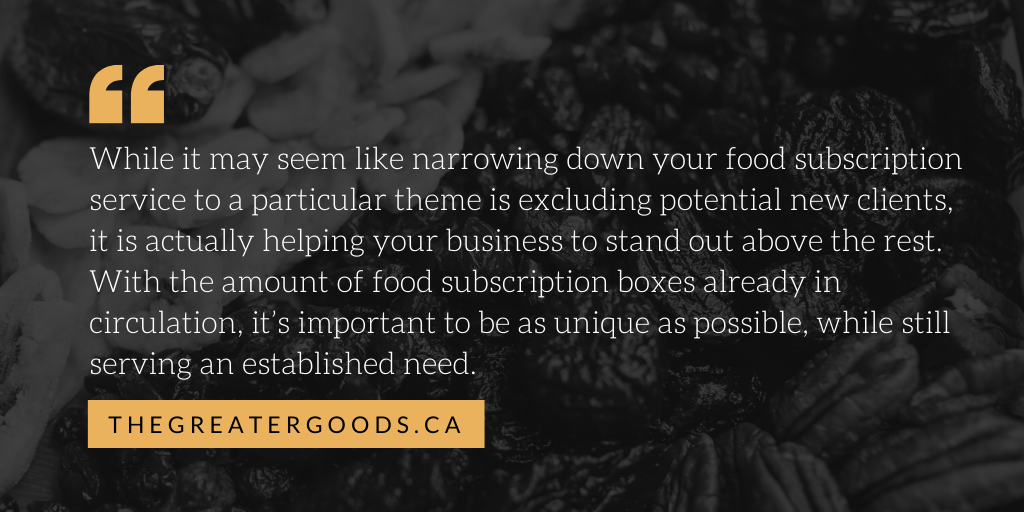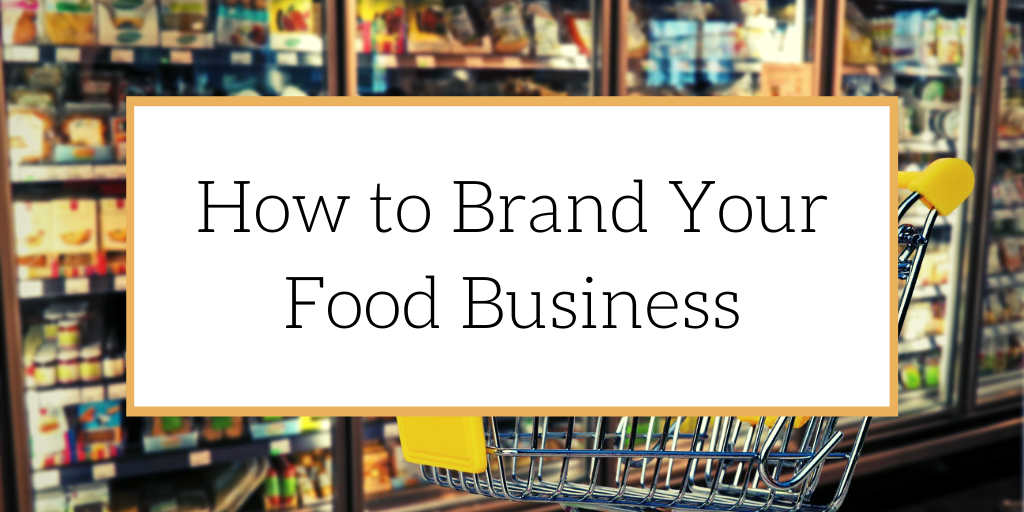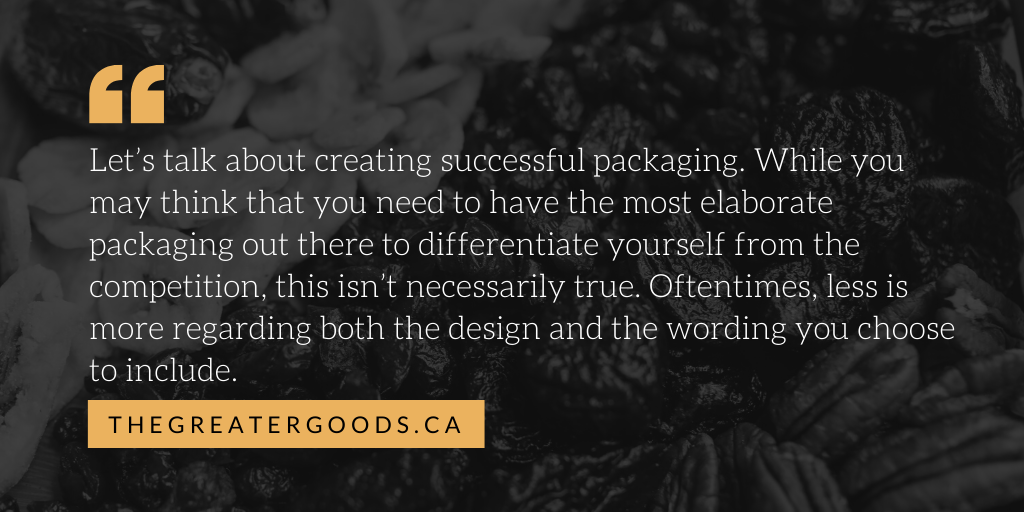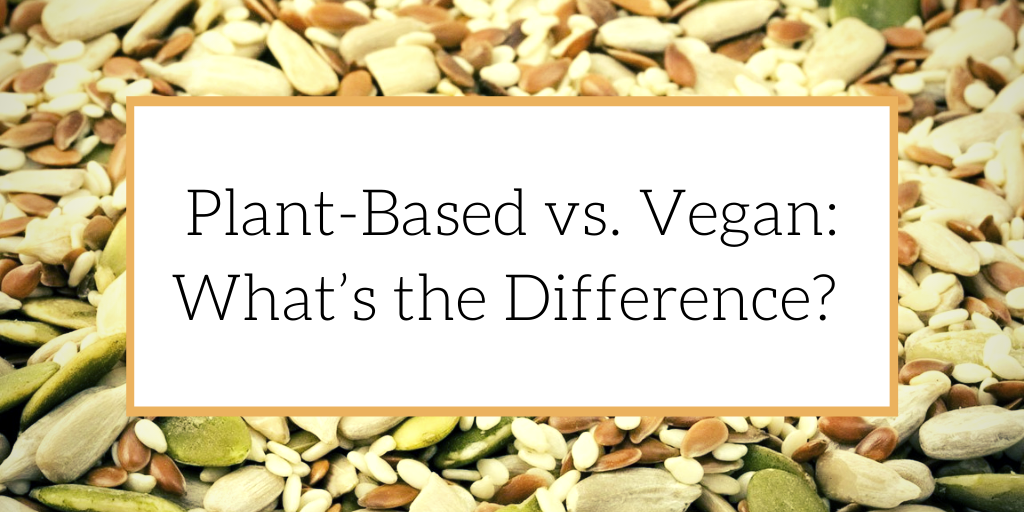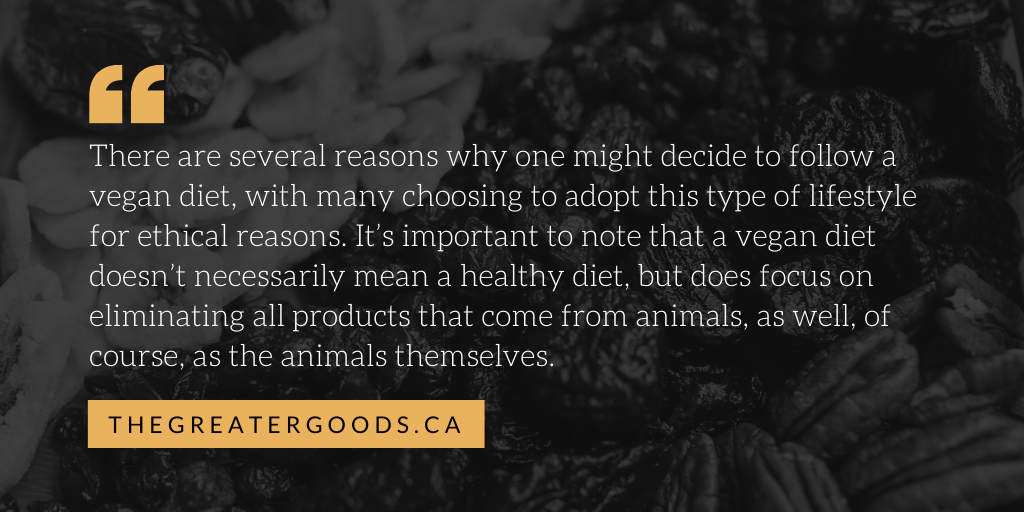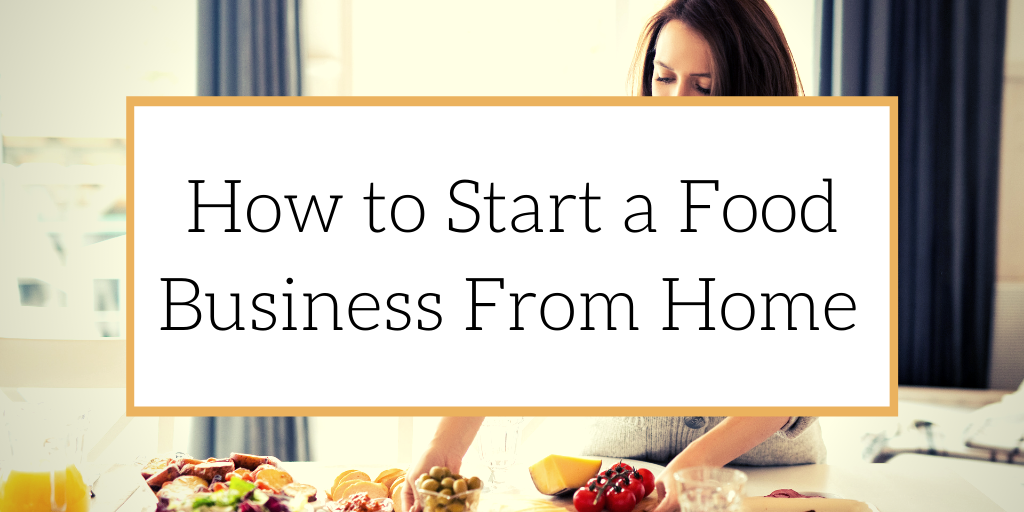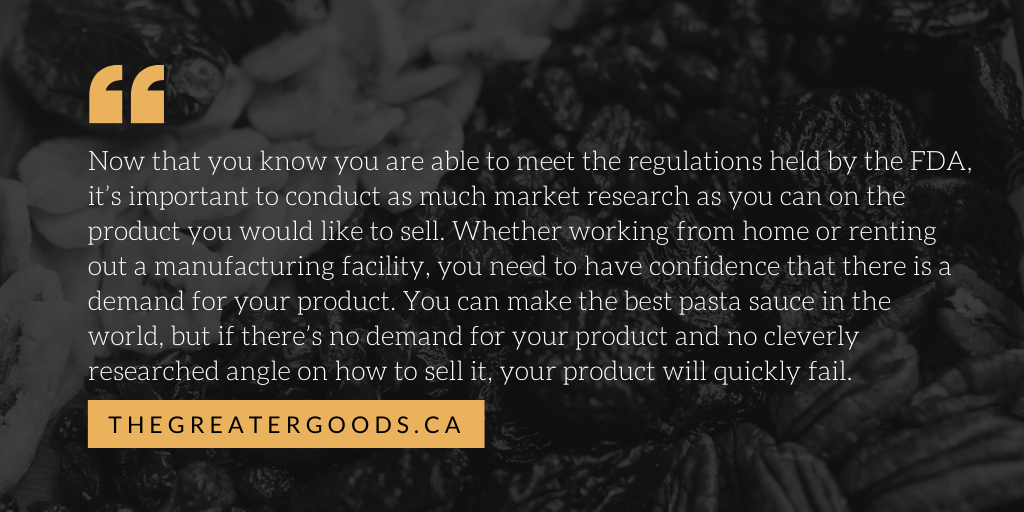Starting a food business can be a rewarding experience, but it can also be challenging. One of the most important decisions you will make is selecting the right manufacturers for your products. When making this decision, there are many factors to consider, such as quality, price, and delivery time. This blog post will discuss how to find the right manufacturers for your food business and how to negotiate the best deal possible!
The Right Food Manufacturer for You
There are many different food manufacturers, each with advantages, knowledge, and advantages to food manufacturers. On a case-by-case basis, you must identify a manufacturer. Your needs are unique to you. Therefore, you need to locate a supplier that can match your priorities.
How to Find a Manufacturer
Suppose you choose to work with Greater Goods to locate a manufacturing partner. In that case, we can assist you throughout the process, from being clear about requirements to shortlisting and selecting potential partners. We can help you with preparation and questions or even go to meetings with potential partners to act as your technological expert.
Create a Shortlist
Create a shortlist based on your needs. We use our knowledge and network of connections to develop a list of manufacturers that can meet your specifications.
Review and Explain
We’ll discuss the shortlist with you in a few minutes. We’ll provide you with choices and explain what they are and why they’re essential.
Assist with the Process
You’ll need to contact a shortlist of vendors and invite them to discuss your requirements and provide a quotation. Greater Goods may help you with these talks by suggesting questions you should ask, how a manufacturer operates, and what they would be worried about. Alternatively, Greater Goods could take on the position of Food Technologist and engage in the process.
Negotiate the Best Deal Possible
Once you’ve selected the manufacturer you’d like to work with, it’s time to negotiate the best possible deal. This is where having an expert on your side can be extremely helpful. Greater Goods has a team of experienced negotiators who can help you get the best terms possible.
Product and Process Specification
This is a requirement of your agreement with the manufacturer. Its main goal is to guarantee that you get what you desire from experience. It also enables the manufacturer to have a concrete specification against which it can calculate its costs.
Batch Test and Sampling
Manufacturers will almost certainly source the components, and, as a result, it is critical to continue testing and fine-tuning the formula until total production begins. There’s usually some change to the recipe for a product from small-scale manufacturing to the factory. Again, having an expert like Greater Goods on board might be beneficial at the end of the process to ensure you’re getting the right product.
Conclusion
In conclusion, finding the right manufacturer for your food business is critical. It can be challenging to know where to start with so many manufacturers to choose from. However, by following these tips and working with an experienced team you can be sure to find the perfect partner for your business!So, think you could benefit from the help of a food business consultant? Contact us today to discuss your needs!
